Disclosure: This article contains affiliate links. We may earn a commission from purchases at no extra cost to you, which helps our travel content.
The first time I ventured into Santiago's historic center fifteen years ago, I was struck by how the city's political narrative was etched into its very architecture. While most tourists flock to Chile for its dramatic landscapes—the Atacama Desert to the north and Patagonia to the south—the capital offers something equally compelling: a tangible timeline of a nation's political evolution. As someone who has spent decades peeling back layers of human history through archaeological excavations, I find Santiago's urban landscape particularly fascinating. The city doesn't just preserve its political history in museums; it wears it openly on street corners, in grand palaces, and through monuments that have witnessed both triumph and tragedy. This walking tour, refined over multiple spring visits while conducting research at nearby coastal settlements, offers students and history enthusiasts a budget-friendly weekend exploration of Chile's complex political journey—from colonial rule to modern democracy—all within a compact urban core that reveals its secrets to those willing to look beyond the surface.
La Moneda Palace: From Mint to Presidential Seat
Standing in Plaza de la Constitución facing La Moneda Palace, I'm always transported back to September 11, 1973—a date etched into Chilean consciousness when fighter jets bombed this very building during Pinochet's coup against Salvador Allende. Today, the pristine white neoclassical structure betrays little of that violent history, but the trained eye can spot subtle architectural restorations.
Built originally as a mint in 1805 (hence the name 'La Moneda'), this sprawling complex became Chile's presidential palace in 1845. What fascinates me as an archaeologist is how the building itself represents layers of Chilean history—colonial Spanish design adapted for republican governance, then reconstructed after the 1973 bombing, each phase leaving its mark.
The changing of the guard ceremony occurs every other day at 10 am (daily during summer), offering a colorful display of Chilean military tradition. While most tourists watch from the main plaza, I've found that positioning yourself at the northeast corner provides the best vantage point without the crowds.
For a deeper understanding of the palace's significance, I recommend joining one of the free guided tours (reservation required through their official website). These tours take you through the interior courtyards and state rooms where decisions that shaped modern Chile were made. The Cultural Center in the palace's basement often hosts exhibitions related to Chilean political history and is worth exploring.
During my most recent visit researching pre-Columbian coastal settlements, I spent an afternoon sketching the palace's façade, noting how its architectural elements reflect Spanish colonial influence while incorporating distinctly Chilean adaptations—a physical manifestation of the country's political evolution from colony to republic.
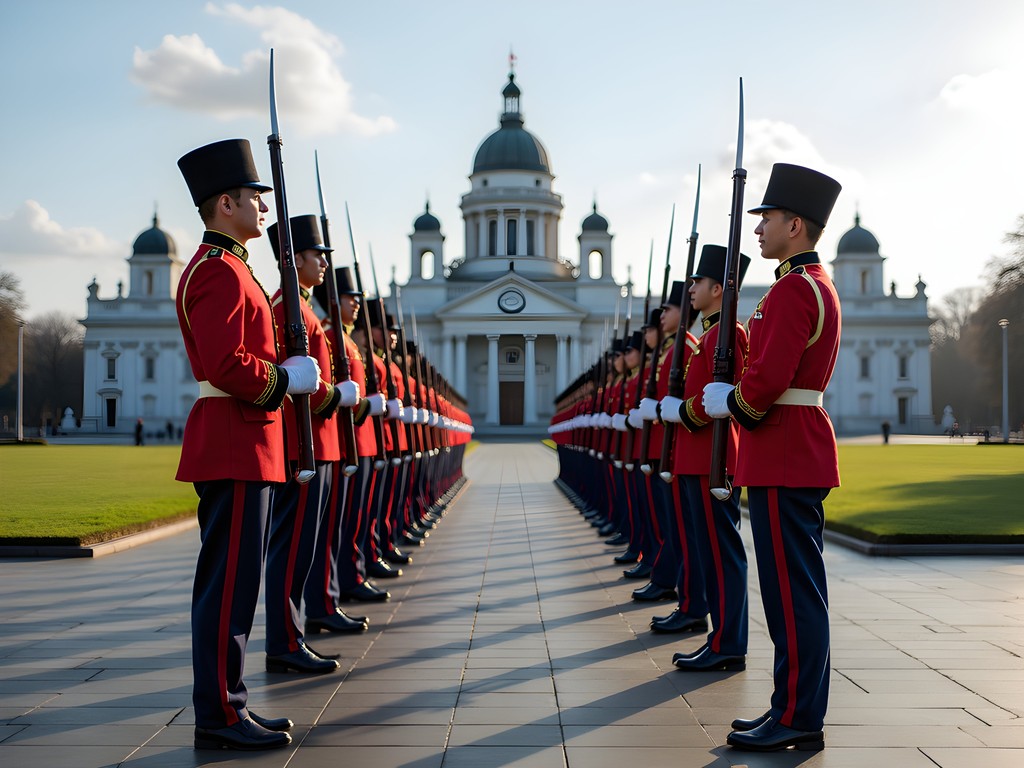
💡 Pro Tips
- Reserve free La Moneda Palace tours at least one week in advance through their official website
- Visit on Monday, Wednesday, or Friday to witness the changing of the guard ceremony at 10 am
- The Cultural Center in the basement often has free exhibitions worth exploring
Plaza de Armas: The Heart of Colonial Power
Just a fifteen-minute walk from La Moneda lies Plaza de Armas, Santiago's original colonial square and the true starting point of any political history tour. As I tell my archaeology students, to understand a city's power structures, always begin where it was founded—and Santiago's story begins here in 1541 when Pedro de Valdivia established the colonial settlement.
The plaza exemplifies the Spanish colonial urban planning concept of damero (checkerboard), with the seat of governmental, religious, and judicial powers arranged around a central square. While this layout is common throughout Latin America, Santiago's plaza has unique elements that reflect Chile's particular historical development.
On the western side stands the Metropolitan Cathedral, representing the Catholic Church's enormous influence in colonial governance. The current structure dates primarily from the late 18th century, though it contains elements from earlier iterations destroyed by earthquakes—a physical reminder of how Chilean institutions have repeatedly rebuilt themselves after disaster.
The north side houses the stunning Central Post Office building (Correo Central), originally the colonial governor's house. Its ornate façade and interior courtyard exemplify Spanish colonial architecture adapted to Chile's seismic realities. When exploring these historic buildings, I always carry my pocket guidebook for quick historical reference without having to constantly check my phone.
What makes this plaza particularly interesting from an archaeological perspective is how indigenous Mapuche resistance shaped colonial administration here—the constant frontier warfare forced Spanish authorities to maintain a more militarized governance structure than in other colonial centers, aspects of which carried into post-independence political institutions.
Take time to observe the plaza's central monument to American Liberty, erected in 1836 to commemorate Chile's independence. The indigenous figures represented in the sculpture reveal the complex racial politics of early republican Chile—ostensibly celebrating indigenous heritage while actual indigenous communities remained marginalized.
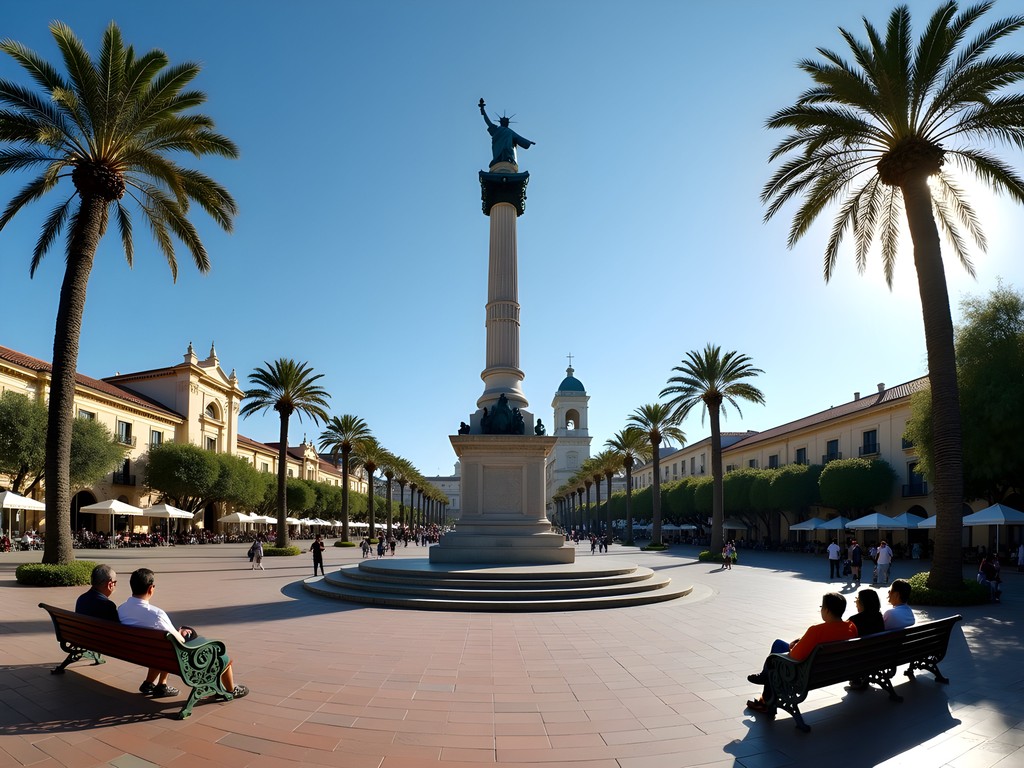
💡 Pro Tips
- Visit the Historical Museum on the northwest corner for context on Santiago's colonial governance
- Look for the original colonial sundial on the cathedral's exterior
- The plaza is most peaceful for exploration before 9am, before tour groups arrive
Memory and Human Rights Circuit: Confronting the Dictatorship
No exploration of Santiago's political history would be complete without confronting its darkest chapter: the Pinochet dictatorship (1973-1990). While teaching in Japan, I've found many parallels in how nations memorialize difficult histories, but Chile's approach is particularly instructive in its unflinching honesty.
The Memory and Human Rights Museum (Museo de la Memoria y los Derechos Humanos) serves as the centerpiece of this portion of our walking tour. Located in Quinta Normal, it requires a short metro ride from the historic center—well worth the detour. The museum's architectural design is itself symbolic: a raised rectangular structure that creates shadows below, representing the darkness of the dictatorship period while allowing light to enter, symbolizing hope and transparency.
Inside, the museum documents the human rights violations committed during the military regime through photographs, testimonials, and artifacts. As an archaeologist accustomed to piecing together historical narratives from fragmentary evidence, I find the museum's approach particularly effective—presenting primary sources and allowing visitors to construct their understanding rather than imposing a single interpretation.
From the museum, it's a 25-minute walk to Villa Grimaldi Peace Park (Parque por la Paz Villa Grimaldi), once a notorious detention and torture center during the dictatorship, now transformed into a memorial space. The contrast between the site's peaceful present and violent past creates a powerful emotional impact. When visiting sensitive historical sites like this, I always bring my pocket recorder to capture my observations and reflections, finding it more respectful than taking photographs in spaces of remembrance.
What strikes me most about Santiago's approach to memorializing this period is the city's willingness to preserve these difficult spaces rather than erasing them. As someone who studies how civilizations process collective trauma through material culture, I see Santiago's memory sites as crucial elements in the nation's ongoing process of reconciliation with its past.
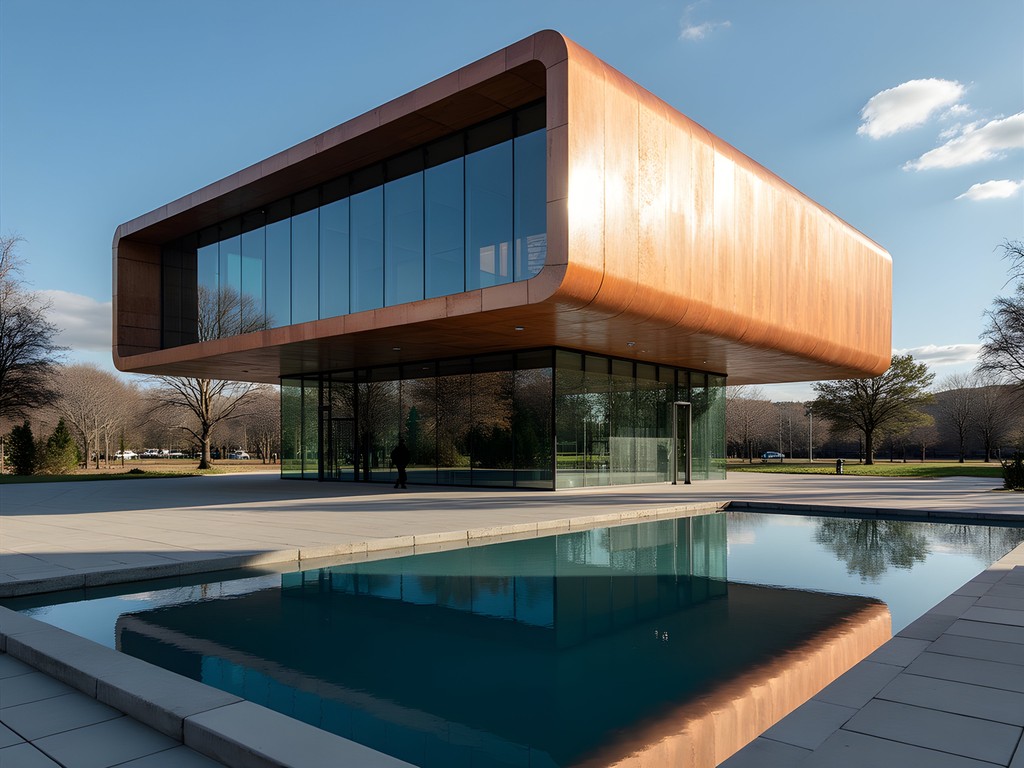
💡 Pro Tips
- Visit the Memory Museum early on weekdays to avoid school groups
- Download the Villa Grimaldi audio guide before visiting as Wi-Fi can be spotty
- Allow time for reflection after these emotionally challenging sites—the nearby Quinta Normal Park offers a peaceful setting
Santiago General Cemetery: Political History Written in Stone
As an archaeologist, I've always found cemeteries to be among the most revealing cultural landscapes in any city. Santiago's General Cemetery (Cementerio General) is no exception—it's essentially an open-air museum chronicling Chile's political history through funerary monuments.
Located in the Recoleta district, this sprawling necropolis established in 1821 contains the remains of nearly all Chilean presidents and political figures of note. The cemetery's layout reflects the social and political hierarchies of Chilean society—from the grand mausoleums of political elites near the main entrance to the simpler graves of ordinary citizens in the peripheral sections.
The presidential section offers a condensed timeline of Chilean political history. Salvador Allende's tomb has become a pilgrimage site, often adorned with fresh flowers and political messages. Nearby, the Memorial to the Detained and Disappeared (Memorial a los Detenidos Desaparecidos) bears thousands of names of victims of the dictatorship—a stark reminder of the human cost of political repression.
What fascinates me most about this site is how funerary architecture reflects changing political ideologies. The 19th-century presidents' tombs feature neoclassical designs emphasizing republican virtues, while early 20th-century monuments incorporate more nationalist symbolism. These stylistic shifts mirror the evolution of Chilean political identity.
For those interested in photography, the cemetery's dramatic funerary sculptures and dappled light create compelling images. I've found my travel tripod invaluable here for capturing sharp images in the sometimes dim lighting conditions among the mausoleums.
When exploring the cemetery, I recommend following a chronological path through presidential tombs—it provides a tangible timeline of Chilean political development from independence through the present day. The contrast between the official narratives presented on monuments and the complex realities of each administration offers rich material for discussion among students of political history.

💡 Pro Tips
- Visit on weekday mornings when the cemetery is quietest for contemplative exploration
- Pick up the free map at the entrance which marks notable political figures' graves
- Look for the memorial wall listing victims of the dictatorship—a powerful counterpoint to the grand presidential tombs
Constitutional Plaza and Supreme Court: Democracy's Architecture
Our walking tour concludes where Chile's democratic present takes physical form—the Constitutional Plaza (Plaza de la Constitución) and its surrounding government buildings. This complex represents the restoration and evolution of Chilean democracy after the dictatorship period.
The Supreme Court building (Palacio de Tribunales), completed in 1930, stands as a neoclassical testament to judicial power. Its imposing façade, with Corinthian columns and allegorical sculptures representing Justice and Law, intentionally evokes ancient democratic traditions—a common architectural language of legitimacy used by democracies worldwide.
What makes this area particularly interesting is how it juxtaposes different eras of Chilean governance. The modern glass-and-concrete buildings of the Justice Ministry stand alongside colonial and neoclassical structures, creating a visual timeline of Chilean political development. This architectural palimpsest mirrors what archaeologists often find in excavations—layers of human activity revealing evolving social structures.
The plaza itself frequently hosts political demonstrations and public gatherings—democracy in action in the very space designed to represent it. During my research visits to Santiago, I've witnessed everything from pension reform protests to climate change rallies in this space. The plaza's role as both symbolic democratic space and actual forum for civic engagement makes it the perfect culmination of our political history tour.
For those interested in legal and constitutional history, the Library of Congress building (Biblioteca del Congreso Nacional) near the plaza offers public exhibitions on Chile's constitutional development. The current constitution, written during the dictatorship but heavily amended since, remains a contentious political issue in contemporary Chile.
When exploring these government districts, comfortable walking shoes are essential as the area covers significant ground. My hiking sandals have proven ideal for urban exploration in Santiago's spring weather—supportive enough for all-day walking yet breathable in the afternoon heat.
I encourage students to observe how citizens interact with these spaces—where people gather, where security is tightest, how approachable different government buildings appear. These spatial relationships reveal much about the current state of Chilean democracy and the ongoing negotiation between state power and citizen access.
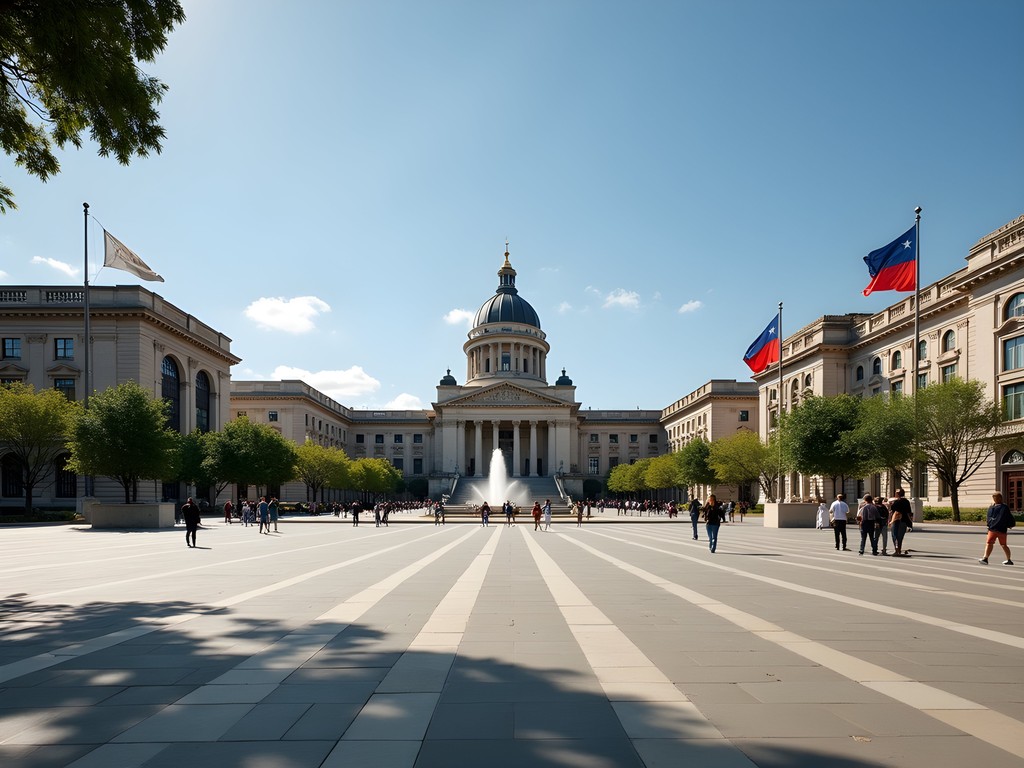
💡 Pro Tips
- Visit on weekdays to see government buildings in operation
- The Supreme Court building sometimes offers guided tours—inquire at the information desk
- Compare the security measures at different government buildings—they reveal much about perceptions of each institution
Final Thoughts
As we complete our circuit of Santiago's political landmarks, what emerges is not just a history of buildings and monuments, but the story of a nation's ongoing dialogue with its past. From colonial foundations to republican aspirations, through dictatorship and democratic restoration, Santiago's urban landscape embodies Chile's complex political journey. What makes this walking tour particularly valuable for students is how it renders abstract political concepts tangible—you can literally touch the walls where power has resided, stand where protestors have demanded change, and walk the same paths as historical figures who shaped this nation. As an archaeologist, I'm constantly reminded that understanding political history requires looking beyond official narratives to the material evidence left behind. Santiago offers this evidence in abundance for those willing to observe closely. I encourage you to undertake this walking tour not just as passive observers but as active interpreters of a political landscape still very much in formation. Chile's political story continues to unfold, and the monuments we visit today may carry different meanings tomorrow.
✨ Key Takeaways
- Santiago's political landmarks reveal the evolution from colonial rule through dictatorship to modern democracy
- The city's approach to memorializing difficult history offers lessons in collective memory and reconciliation
- Urban planning and architecture reflect changing power structures throughout Chilean history
- This walking tour can be completed on a student budget while providing deep insights into South American political development
📋 Practical Information
Best Time to Visit
September-November (Chilean spring)
Budget Estimate
$30-50 per day including budget accommodations, public transportation, and street food
Recommended Duration
Full weekend (2 days)
Difficulty Level
Moderate (Involves 5-7 Miles Of Walking Daily With Some Metro Connections)
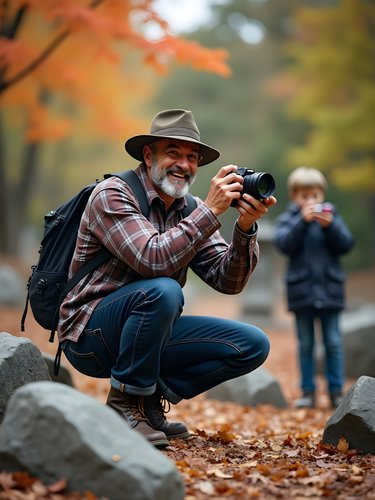
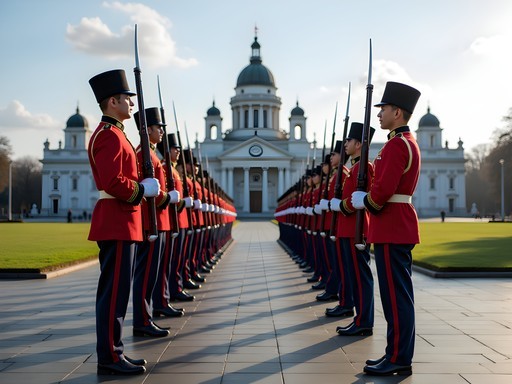
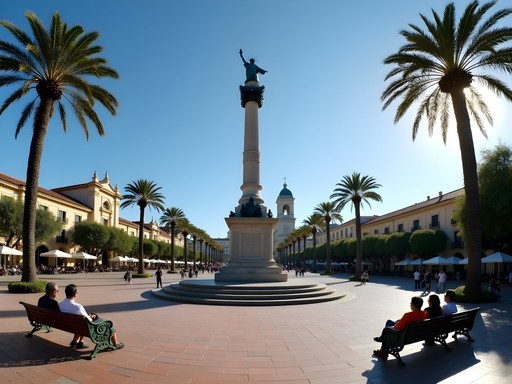
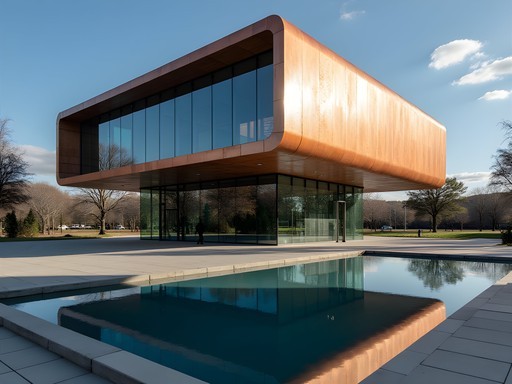
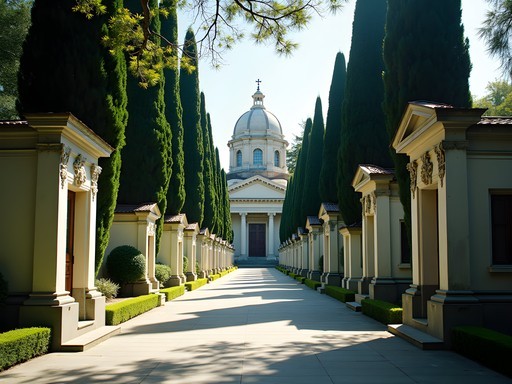



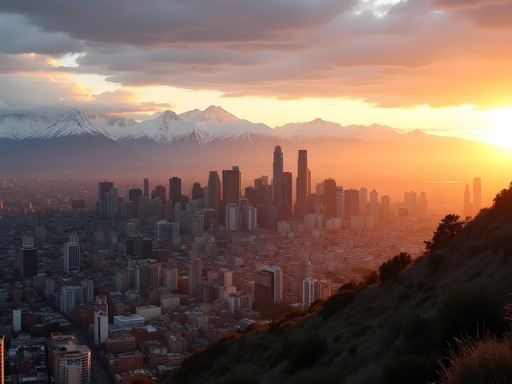

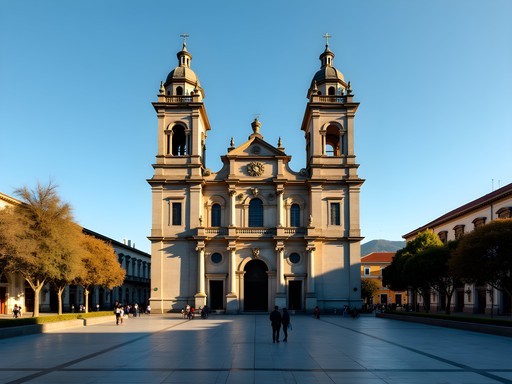
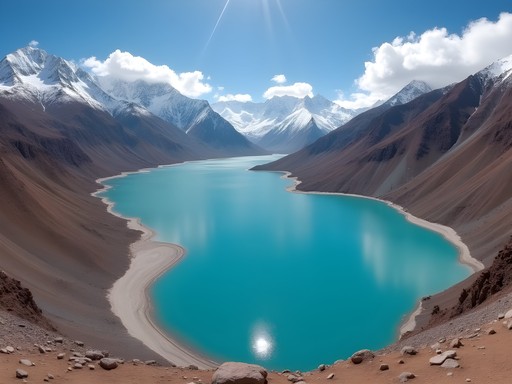
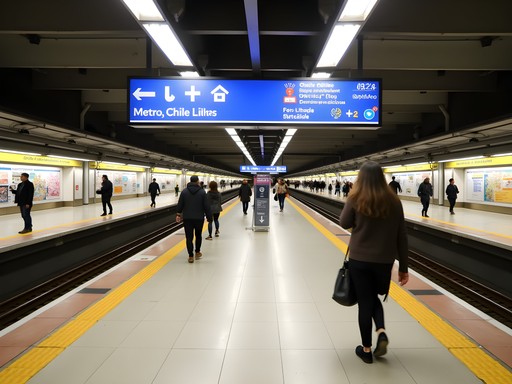
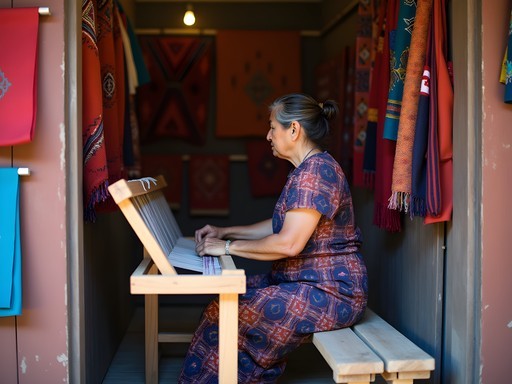
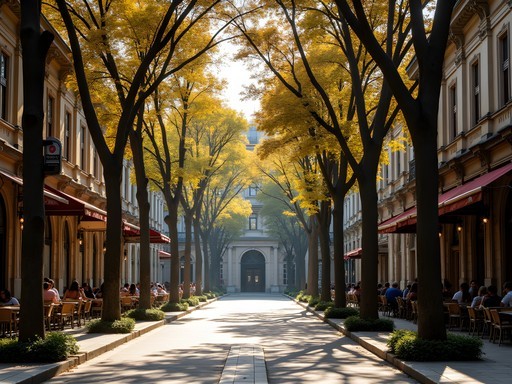
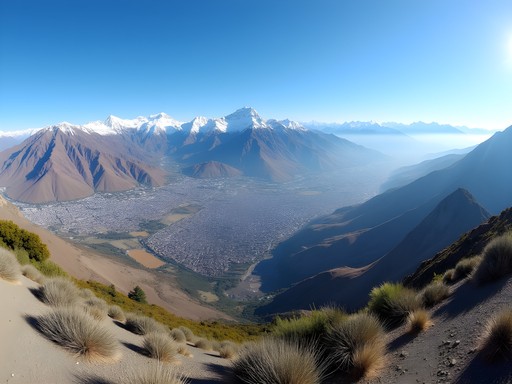
Comments
coffeequeen
Thanks for this amazing guide! I'm heading to Santiago next month and definitely want to do this tour. How long should I set aside for the whole route? And is the Santiago General Cemetery easily accessible by public transport?
beachway
Not the author but we did something similar last year. The cemetery is right by the Cementerios metro station on Line 2. Super easy!
coffeequeen
Perfect, thanks! Love how helpful everyone is here.
Casey Andersson
Jeremy, this is exactly the kind of tour I love! I visited Santiago last year and did something similar, though less structured. The La Moneda Palace tour was incredible - I'd recommend everyone book the guided tour in advance as they fill up quickly. The Memory and Human Rights Museum was particularly moving. I spent almost three hours there reading every exhibit. One tip: if you're doing this walking tour in summer, start early! Santiago gets brutally hot by midday, and there's limited shade between some of these stops. I carried my water bottle which was a lifesaver in that heat.
beachway
Did you feel safe walking between all these spots? Planning a solo trip and wondering if I should taxi between some places.
Casey Andersson
I felt completely safe during daylight hours in the central areas. Just use normal city precautions - don't flash expensive items, be aware of your surroundings. The metro is also super efficient for longer stretches!
beachway
What a fascinating perspective on Santiago! Most travel blogs just cover the usual tourist spots.
coffeequeen
Right? I love when bloggers dig deeper into a city's history!
waveking
This looks amazing but is it safe to do this walking tour solo? How long does the whole route take?
Jeremy Price
Hey waveking! The historic center is generally safe during daytime hours, but as with any major city, stay aware of your surroundings. The full route takes about 4-5 hours if you're visiting interiors, but you can easily break it into sections. I'd recommend starting early to avoid afternoon crowds at La Moneda!
waveking
Thanks man! Would you recommend a guided tour or is it easy enough to follow your blog post?
Jeremy Price
You can definitely self-guide with the blog! But if you want deeper context, I used Tours4Tips for my first visit - they have great free walking tours (tip-based) with knowledgeable local guides who add personal perspectives on the political history.
Fatima Sims
I'd second Jeremy's recommendation on Tours4Tips! I brought my pocket Santiago guide which had some good historical context too, but having a local guide really brings the political stories to life.
Fatima Sims
I did a similar political history walk when I was in Santiago last year, and it was incredibly moving. The Memory and Human Rights Museum hit me particularly hard - the testimonies and artifacts from the Pinochet era are gut-wrenching but so important to understand. One tip I'd add: try to visit La Moneda during the changing of the guard ceremony (Mondays, Wednesdays, and Fridays at 10 AM). The pageantry adds another dimension to understanding Chile's institutional pride. Jeremy, did you manage to catch that while you were there?
Jeremy Price
Thanks Fatima! I actually did catch the changing of the guard by chance - you're right, it adds so much context to the experience. The contrast between that ceremonial tradition and the bullet marks still visible on parts of the building really struck me.
waveking
Is the Memory and Human Rights Museum suitable for someone who doesn't speak Spanish? Heading there next month.
Fatima Sims
Hey waveking! Most of the permanent exhibits have English translations, and you can get an audio guide in English too. Definitely worth visiting even if your Spanish is limited.
Taylor Moreau
Excellent historical overview, Jeremy. For business travelers with limited time, I'd suggest prioritizing La Moneda and the Memory Museum. The free walking tours that start in Plaza de Armas are surprisingly comprehensive on political history too. One often overlooked site is Villa Grimaldi Peace Park - it's a former detention center now transformed into a memorial. Sobering but important. If you're meeting Chilean colleagues, understanding this history provides valuable context for contemporary business discussions.
Jeremy Price
Thanks for mentioning Villa Grimaldi, Taylor - you're right that it's often overlooked but incredibly significant. I'm planning a follow-up post on sites outside the city center.
oceanbuddy
Those photos of La Moneda at sunset are stunning! Adding Santiago to my bucket list.
freelegend
Just got back from Santiago and followed your walking route. The contrast between the stately La Moneda and the sobering exhibits at Villa Grimaldi really highlights Chile's complex journey. One tip for others: the Santiago General Cemetery is HUGE, so if you're specifically interested in the political graves, ask for a map at the entrance or you'll get completely lost like I did! Also, there's a small cafe near Salvador Allende's tomb that makes excellent empanadas - perfect lunch stop.
backpackrider
Anyone know if there are English tours available at La Moneda? My Spanish is pretty basic lol
dreamfan6015
Yes! They have English tours but you need to book online at least 2 days in advance. The website is a bit tricky to navigate but worth the effort.
Megan Martin
Jeremy, this is such a thoughtful exploration of Santiago's political landscape. I visited for a business conference last year and managed to squeeze in the Memory and Human Rights Circuit. It was profoundly moving. I'd recommend visitors bring a good pair of walking shoes as the distances between sites can be substantial. I used my city guide which had excellent maps of the historic center with political context that complemented your route perfectly. The General Cemetery deserves more attention - it's like walking through living history.
freelegend
Is it safe to walk between all these places? Planning a solo trip next month.
Megan Martin
Absolutely safe during daylight hours, especially in the historic center. Just use normal city precautions. The metro is also very clean and efficient for longer stretches!
Venture X
Premium card with 2X miles, $300 travel credit, Priority Pass